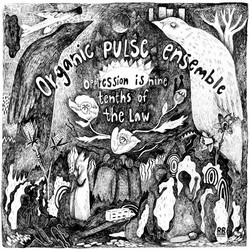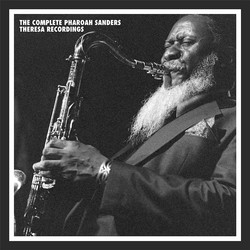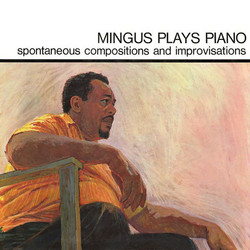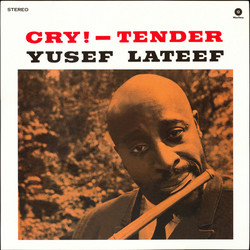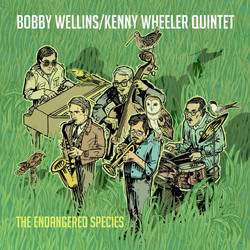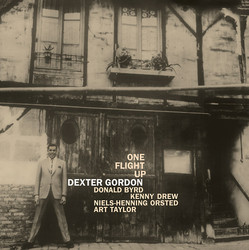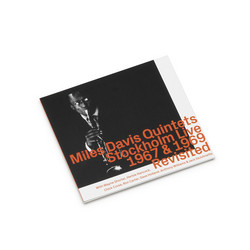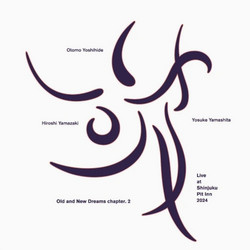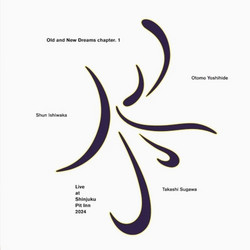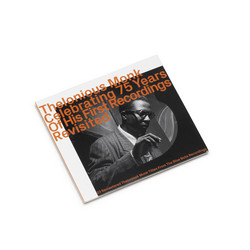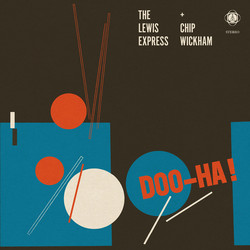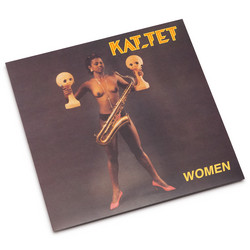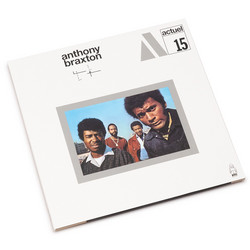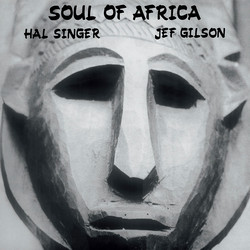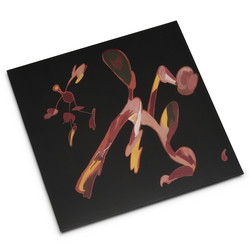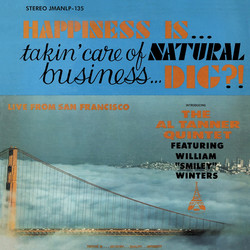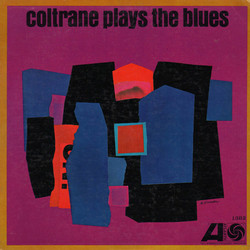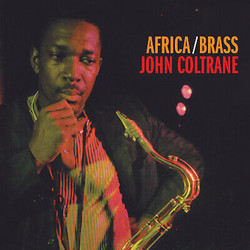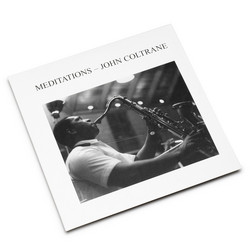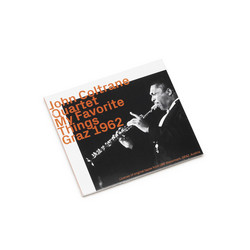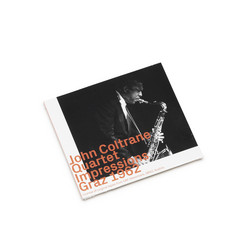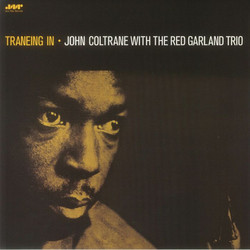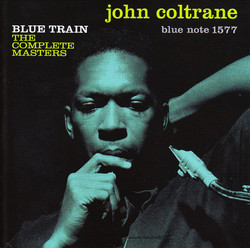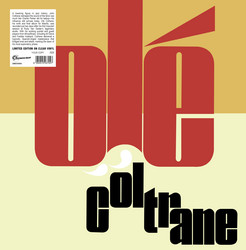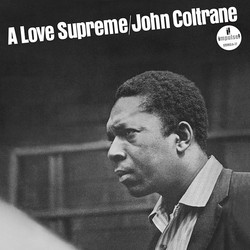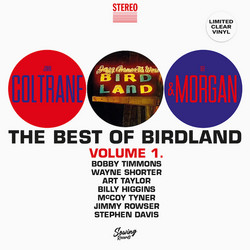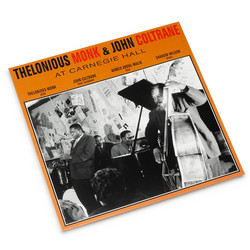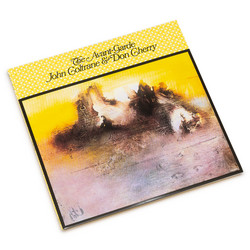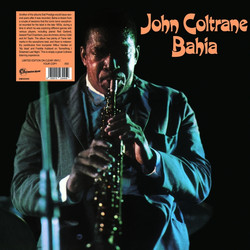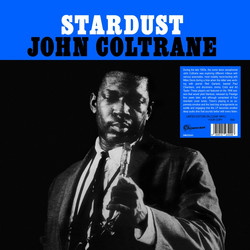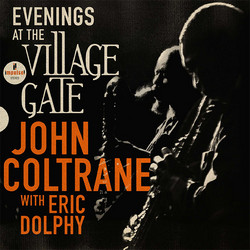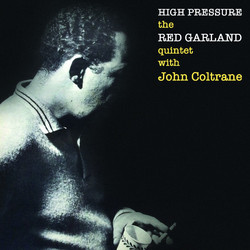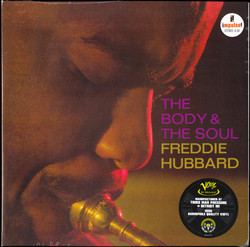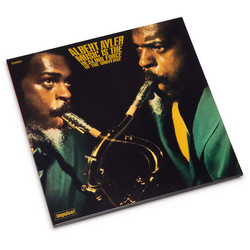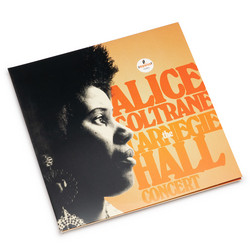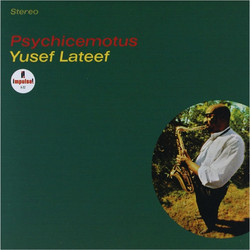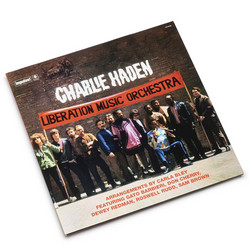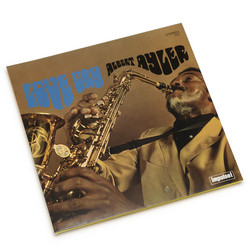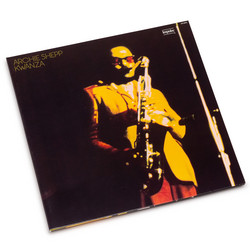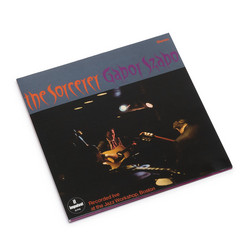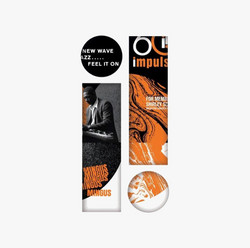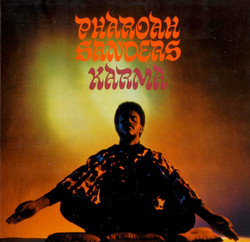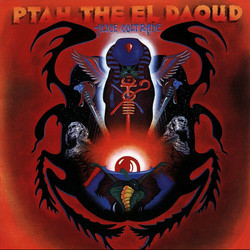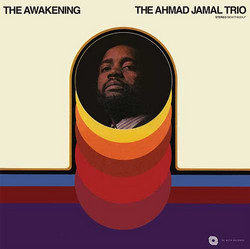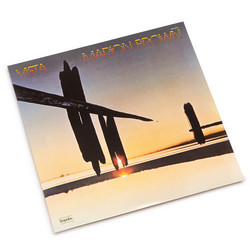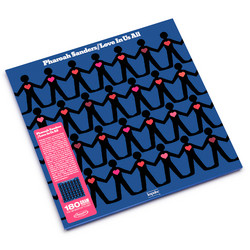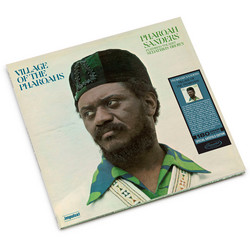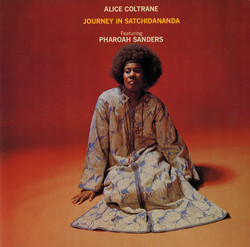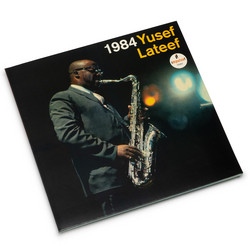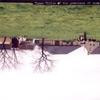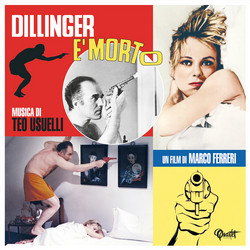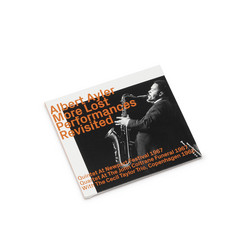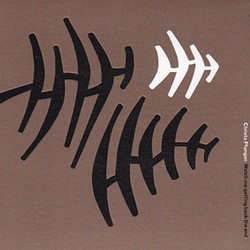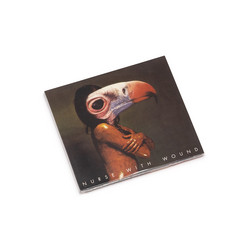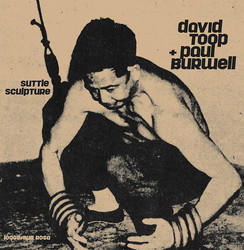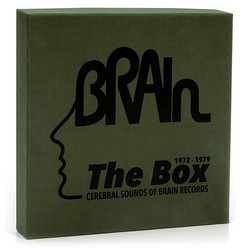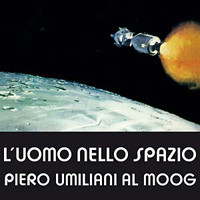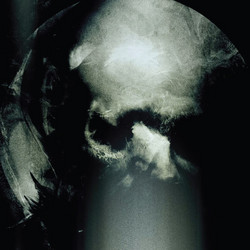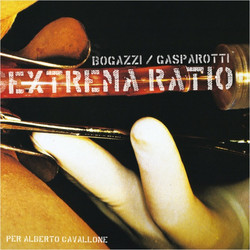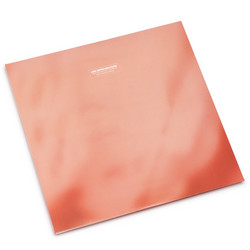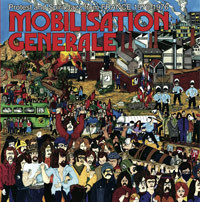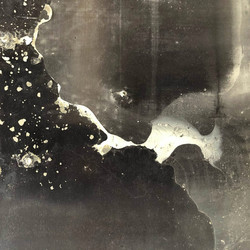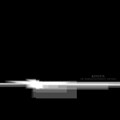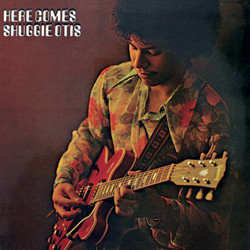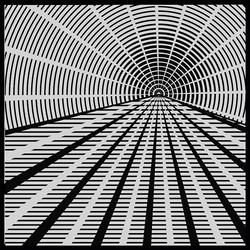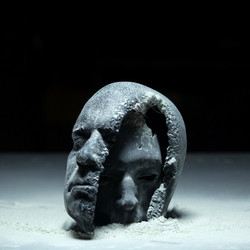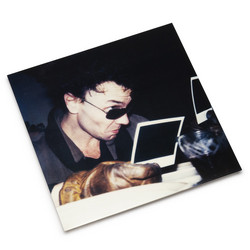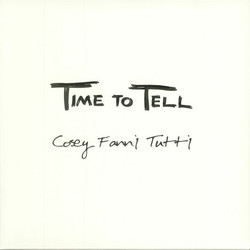In 1964, John Coltrane and his quartet produced two great masterpieces in Rudy Van Gelder's studios, namely the albums Crescent and A Love Supreme. Between the two sessions the quartet entered the studio for another recording: the soundtrack of the French-Canadian film Le chat dans le sac. Today, the tape of that session has been found and remastered, so finally here's the third 1964 album: Blue World. The content is extraordinary: not only do we find the classic quartet (with McCoy Tyner, Jimmy Garrison and Elvin Jones) at its best, but also because the recording contains new unpublished versions of true classics of the great saxophonist which are now available on 180 gram vinyl.
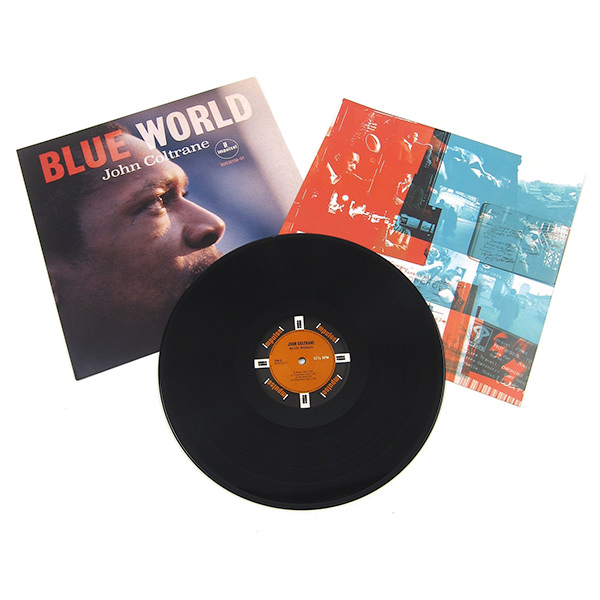
"I am listening, gratefully, to a high quality download of a previously unreleased session made on June 24, 1964 by the famous and formidable John Coltrane quartet. A few weeks before, the quartet (Coltrane with McCoy Tyner, Jimmy Garrison, and Elvin Jones) had completed the last two tracks for their record Crescent. They would next, in December, record A Love Supreme. Both were on Impulse!. Blue World was to be the soundtrack for a Quebecois movie directed by Gilles Groulx. The movie was Le chat dans le sac, or in my translation, The Cat in the Sack. (The more official English title, The Cat in the Bag, loses the joke of the near rhyme.) Groulx was a Coltrane fan, so he decided to adorn his romantic comedy with music by his hero. It sounds like an unlikely match. Nonetheless, film maker and quartet got together at Rudy Van Gelder’s studio and the band recorded 37 minutes of music. It would be a mistake if you thought that the music, though, was designed for, as opposed to merely made for, a movie. What seems to have happened is that, with the director present, Coltrane went into Van Gelder’s studio and recorded, via excellent sound, various short takes (short for Coltrane) of previously recorded pieces. Nothing seems to have been written for the movie. He obviously didn’t intend for all of these takes to be issued: he stops abruptly on take one of Village Blues, a tune that was originally recorded for the 1961 Atlantic record Coltrane Jazz. The good news is that the sound on Blue World is marvelously clear: each instrument has more presence and is presented with more clarity than on the Atlantic recordings. Not only that, but at least on takes two and three of Village Blues, the band sounds more relaxed, and Coltrane more powerful. On take two, Coltrane seems to erupt from the ensemble, and Jones responds appropriately with some slamming back beats. Jones is even more insistent on take three: there’s no problem telling where beats two four are. If you want to imagine Elvin Jones as a rhythm and blues player, these takes are a good place to start.
Coltrane first recorded Traneing In on a 1957 session with the Red Garland Trio. Here, it begins with a long solo by Jimmy Garrison that takes up almost half of the seven minutes allotted to the tune. At its end, Garrison tries to signal the band to come in with some straight four/four, but Tyner’s entrance includes a kind of hiccup. His solo, though, is striking, sunny and soulful at the same time. Coltrane enters dramatically during the last minutes of Traneing In. At times like these, he seems to be the most direct musician in jazz. No band knew how to play the blues more powerfully. Also from Coltrane Jazz, Like Sonny is heard here in what feels like a truncated version of less than three minutes - its highlight is Tyner’s solo. Blue World also has two gorgeous takes of Coltrane’s Naima. Again the sound is so clear that one hears better than before the subtleties of Jones’s accompaniments, and the subtlety of what Garrison does as well. He generates excitement in the bridge, for instance, which lead up to a sudden, short roll by Jones, who is dependably inventive, even inspiring, in transitional moments. To my ears, the title tune, Blue World, contains one of Coltrane’s weaker solos. It starts promisingly, with the rhythm section setting up an appealing riff. Coltrane enters with the melody and then seems to trail off at the end of each phrase. His solo is marred by the same affliction. The final choruses seem to unwind disconsolately, continuing the loss of tension before a recovery via a bravura ending. Oddly this wind-up most reminds me of A Love Supreme. No matter: the unevenness proves that this great artist was human. Blue World is valuable for its pellucid recording of takes of tunes Coltrane’s fans already love. They will have to have it." - Michael Ullman, The Arts Fuse
